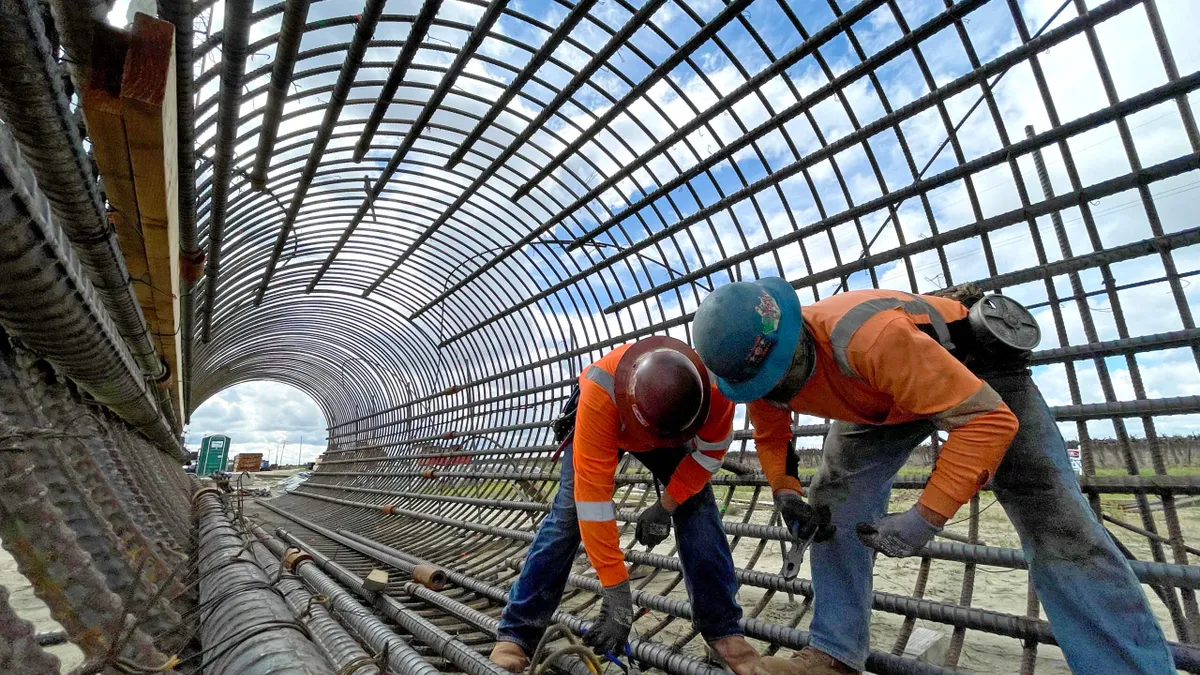Trending in training today is an idea that has been around for centuries: apprenticeships.
But today's programs are quite different from their predecessors, which were often informal, low-paying and focused on a small number of skilled trades. Now, we're seeing them pop up in some of the most unlikely places, from fast food to retail, information technology and beyond.
The opportunity to learn on the job, with skilled teachers providing insight, can be an alternative to formal education for many. New high school graduates, displaced workers and veterans are all making use of these programs.
What’s in it for employers?
Apprenticeship programs offer an opportunity to develop an applicant pipeline, with learners ready to take over; some employers are finding this particularly helpful as baby boomers leave the workforce in droves. Even businesses tangentially benefiting from skilled trades, like DIY home centers, are creating contractor pipelines by supporting apprentice options for staff.
And they truly can be appropriate for almost any job category, even those in the insurance industry, according to Tyra Tutor, senior vice president of corporate development and social responsibility at the Adecco Group. "With the new industry-recognized apprenticeships, which resulted from the Apprenticeship Taskforce, we expect to see more and more job categories adopt the apprenticeship model," she told HR Dive via email.
Getting it off the ground
If you've decided that an apprentice program is right for your workplace, how do you go about designing it? Along with administration’s push to "hire American" came a commitment to increasing apprenticeship programming in the U.S. through an apprenticeship taskforce.
Rather than reinvent the wheel, many resources are available to start, register and even access funds to create a program. The U.S. Department of Labor (DOL) has a toolkit for employers considering a program that outlines everything from the basics to securing federal funding. The Federal Resources Playbook for Registered Apprenticeship outlines such support opportunities.
Tutor recommends getting in touch with both your local labor department and DOL. "They have trained experts across the country who are ready and eager to help businesses take advantage of apprenticeships," she said. Employers will need to invest time in preparing paperwork before their programs begin, but, she advises, “the paperwork proves to be beneficial in the long run because it allows you to document processes that you were likely already doing, and it provides guidelines for necessary logistics, like at what point to increase pay for an apprentice.”
For small businesses, a program could be designed or candidates may be sourced through community colleges, vocational or trade schools or other local groups. Companies that can’t take on the full responsibility of training can partner with these organizations to create a path to employment for learners throughout their training.
But while your first instinct may be to offer apprentice opportunities to new grads, it’s important to consider everyone for reskilling, the experts say. Programs shouldn't discriminate based on age, for example.
That's not to say students won't take particular advantage of your program, however. For many, they're a way to avoid student debt. “Work-based training opportunities are efficient pathways for improving the transition from school to work,” Pembe Candaner, co-founder and president at JobzMall wrote to HR Dive. “Apprenticeship is getting more and more relevant in the United States, where we see college tuition rise meteorically, with more and more students graduate in student debt.”
Looking forward
With an impending fourth industrial revolution, educators and businesses are scrambling to prep everyone for the jobs of tomorrow, some of which aren’t even yet imagined. Bridging the skills gap and creating open pathways to learning is essential. And apprenticeships may well play a large part in that: "Apprenticeship is an essential method we can [use to] develop, train and integrate the new workforce into our economy," Candaner said. “The support from White House was a big step towards growing apprenticeships in the [U.S.], an unprecedented one,” she added, "but indeed, there are more ways to go."
It will be important to undo the stigma that often comes with the term "apprenticeship," a low-skill connotation. But, Candaner said, "as the economic efficiency is proven more and more over time, we will break it."





















